Advertisement
If you've been in software engineering long enough, you've probably seen your fair share of platforms that promise speed, collaboration, and better code. But not every tool changes the way people actually work. SASVA, introduced by Persistent Systems, feels different—not just because it uses AI but because it integrates that intelligence into how development unfolds every day. The name might sound like another acronym, but what it offers is surprisingly grounded. It's about making engineering teams more efficient without turning them into button-clickers for automation.
Software development isn’t just about writing code—it’s meetings, planning, documentation, code reviews, fixing old bugs, and making sure the right version is getting shipped. A lot of time is lost not on building but on figuring out what to build, how to build it, and whether it works the way it should. That’s the part SASVA steps in to help with.

Instead of scattering tasks across disconnected tools and endless conversations, SASVA tries to bring everything together—coding help, task tracking, suggestions, and testing guidance—all wrapped into one system that actually learns from how your team works. It doesn't just respond to commands; it makes sense of patterns and adapts. You can think of it more like a co-worker who observes and learns rather than a script that only runs when told.
One thing SASVA doesn’t try to do is replace developers. It’s not about writing entire applications with a single prompt. Instead, it assists where developers tend to slow down—not because they don’t know what to do, but because context-switching eats away at focus.
One of the most useful features is how SASVA makes code suggestions. It doesn’t just look at public examples from open-source projects. It picks up on how your team writes code. If your naming conventions are different or if you always write functions a certain way, SASVA adjusts to that. This means less back-and-forth during code reviews and fewer reworks.
Another area where SASVA stands out is testing. It’s easy to write code and push it quickly, but tests tend to get delayed or skipped. SASVA watches what features are being developed and suggests test cases that developers might overlook. And not just in a checklist way—it links to previous bugs, common edge cases, or even mentions from past retrospectives.
Documentation is a chore for most developers. SASVA uses natural language processing to help generate basic outlines or even full documentation drafts from comments and code context. That doesn’t mean it's ready to publish, but it’s a strong first draft, which is often the hardest part.
Developers don't work in tidy blocks of time. They're in and out of meetings, juggling priorities, switching between legacy code and new features. SASVA fits into that mess instead of forcing a new structure.

SASVA doesn’t ask teams to throw away what they use. Whether you’re on GitHub, Jira, Jenkins, VS Code, or some homegrown tool—it pulls data from them. The goal is to spot patterns, offer input, and remove some of the repetitive decisions.
Let’s say you’re working on a ticket flagged in Jira. SASVA might flag a similar issue handled six months ago, show how it was fixed, what tests were added, and whether the fix held up after deployment. It gives you context, and context is what saves time.
In traditional setups, reviews happen after the fact. Code is written and pushed, and then someone gives feedback—usually with delays. SASVA makes reviewing part of writing. It spots issues early, prompts for improvements, and alerts you when your changes might conflict with recent ones. The result is cleaner code and fewer review loops.
Getting a tool like SASVA up and running doesn’t mean reworking your entire setup. It’s designed to be gradual and learn on the go. You start by connecting it with your code repository, task manager, and CI/CD tools. This is how it begins to learn from your team's workflow and historical data. There’s no need to upload documents or feed it information manually—it pulls what it needs.
From there, you set permissions and guardrails. AI in engineering needs limits, and SASVA allows teams to define what the AI can and can’t suggest. For example, if you don’t want it touching certain legacy modules, or if there are parts of the codebase that need sign-off before suggestions, you can lock those in.
Once that’s done, you begin using it in real-time coding. As developers write code, SASVA starts suggesting improvements, filling out doc comments, and reminding you of best practices used across the team. It isn’t disruptive; suggestions come up where your team already works—inside the IDE, not in a separate tool.
Then, during pull requests, SASVA doesn’t just show linting errors. It highlights logic that might duplicate older work, flags security risks, and brings in related historical context—all directly in the review panel.
SASVA isn’t trying to reinvent how teams build software. It’s just making the everyday parts easier, faster, and less scattered. In a world full of bloated platforms with promises they rarely meet, Persistent Systems seems to have focused on making one that actually fits into real work—not around it.
For teams tired of context switching, endless documentation gaps, and playing catch-up during code reviews, SASVA could be worth paying attention to. Not because it replaces the work but because it helps the team do it better—with fewer roadblocks. Stay tuned for more informative guides!
Advertisement
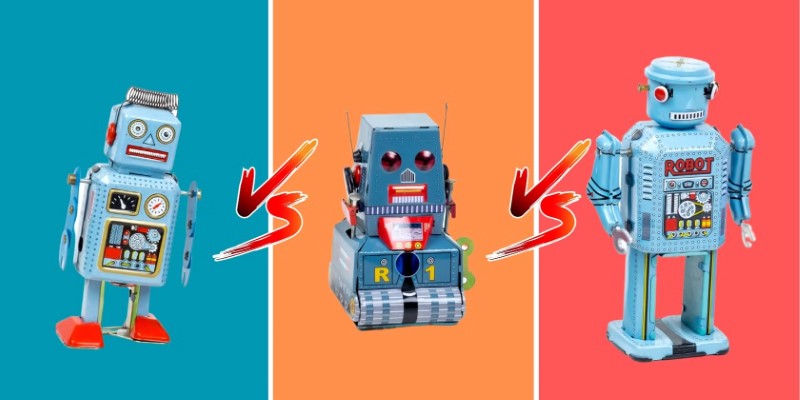
Not all AI works the same. Learn the difference between public, private, and personal AI—how they handle data, who controls them, and where each one fits into everyday life or work
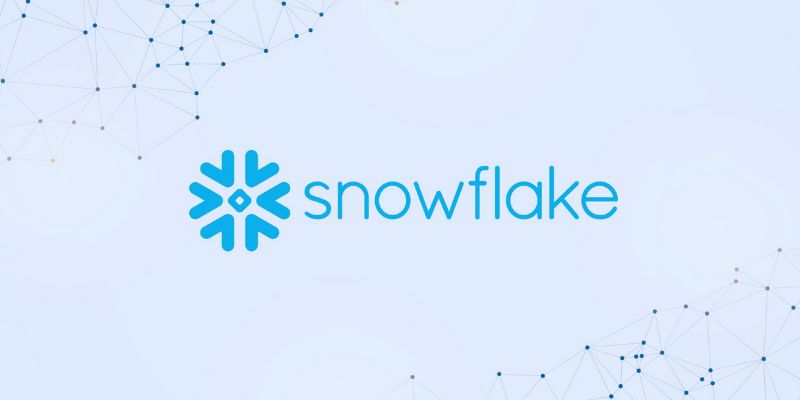
Discover how Snowflake empowers EdTech vendors with real-time data, AI tools, and secure cloud solutions for smarter learning

Heard about on-device AI but not sure what it means? Learn how this quiet shift is making your tech faster, smarter, and more private—without needing the cloud

What makes Google Maps so intuitive in 2025? Discover how AI features like crowd predictions and eco-friendly routing are making navigation smarter and more personalized.

Looking for an AI that delivers fast results? Claude 3 Haiku is designed to provide high-speed, low-latency responses while handling long inputs and even visual data. Learn how it works

AWS SageMaker suite revolutionizes data analytics and AI workflows with integrated tools for scalable ML and real-time insights
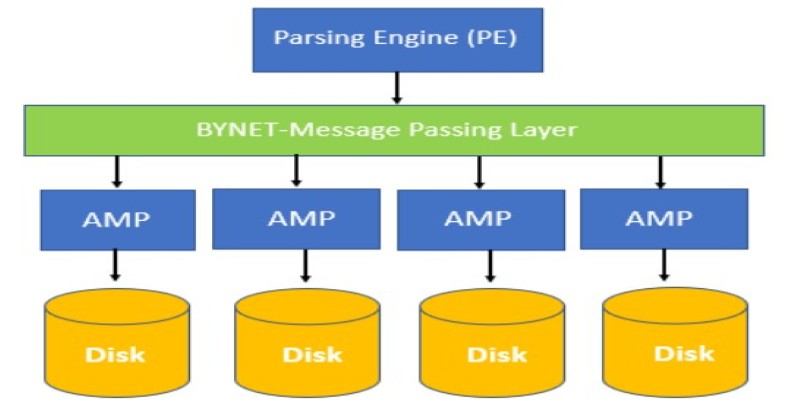
Find out the concepts of Teradata, including its architecture, key features, and real-world uses. Learn why Teradata remains a reliable choice for large-scale data management and analytics
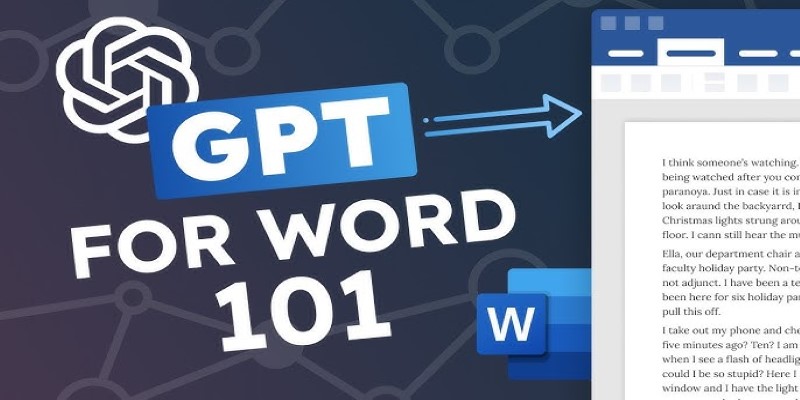
Looking for a quicker way to create documents in Word? Learn how to use ChatGPT to automate your document writing process directly within Microsoft Word
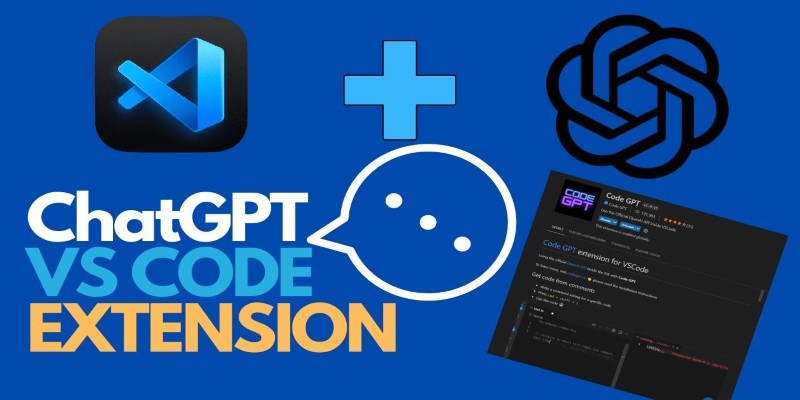
Spending hours in VS Code? Explore six of the most useful ChatGPT-powered extensions that can help you debug, learn, write cleaner code, and save time—without breaking your flow.

Using ChatGPT on a Mac? Learn how to make it feel like a native part of your workflow with tips for setup, shortcuts, and everyday tasks like writing, scripting, and organizing

Struggling with code reviews and documentation gaps? Discover how SASVA from Persistent Systems enhances software development workflows, offering AI-powered suggestions

Discover how GenAI transforms supply chain management with smarter forecasting, inventory control, logistics, and risk insights